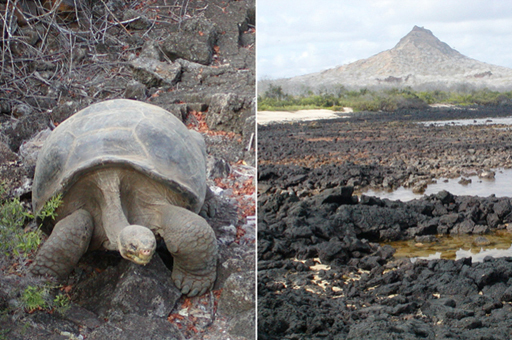3.6 A fragile ecosystem
Before you started watching this week’s videos about the Galápagos you were asked to consider three questions. You should now be able to answers them and set them in the context of your overall study of ecosystems.
Activity 3
Answer the questions in the box below.
- Bearing in mind the definition of an ecosystem that you encountered at the start of this journey, is it reasonable to regard the whole archipelago as an ecosystem?
- What tensions arise between keeping the islands pristine, allowing visitors and allowing colonisation from the mainland?
- What major threats to the integrity of the habitats on Galápagos can you identify? Are they peculiar to the islands or applicable to ecosystems in general?
Answer
The islands are probably best regarded as individual ecosystems but the marine environment around the islands might be considered as a single, separate, ecosystem. As you learnt earlier, the physical boundaries of an ecosystem are influenced by the definition that you adopt and it would be possible to argue that for a definition in terms of energy flow, the whole archipelago is a single ecosystem.
Keeping the remaining pristine islands in pristine condition can be done by not allowing access, but it is difficult to prevent humans landing on islands and patrols to keep intruders at bay would themselves compromise the pristine nature of the islands. Another factor to consider is the money that visitors bring. Would they be so keen to contribute money if they couldn’t visit?
The threats to the integrity of the habitats fall into three broad categories. Human activity and population growth is an obvious one that effects the islands and it is a global factor. Alien introductions of plants and animals have wrought havoc in the past and can do so in the future. They are a risk to all ecosystems but the Galápagos are particularly vulnerable. Finally, global climate changes or volcanic activity could change the habitats on the islands.

